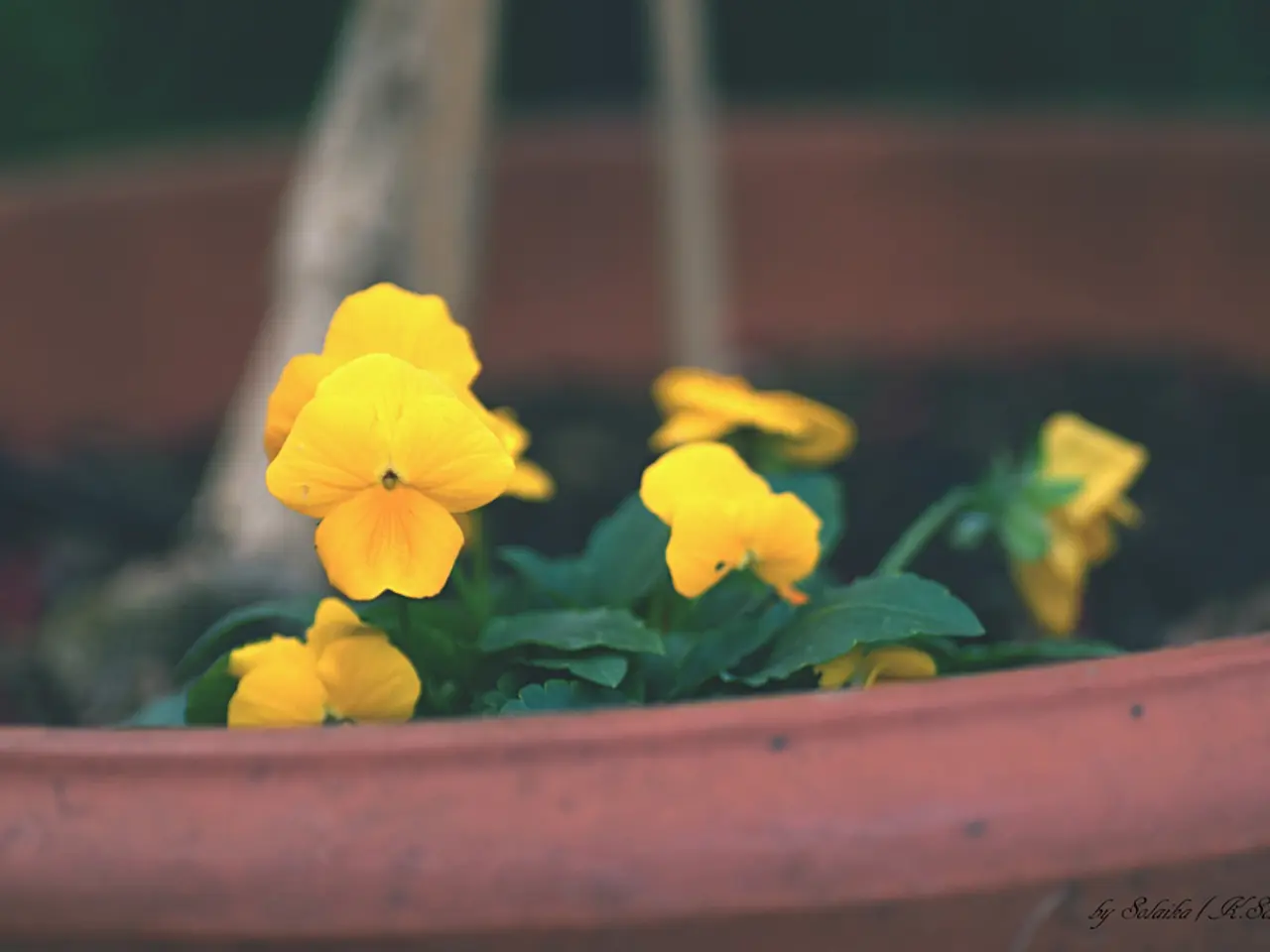Master Flower Garden Photography with These Essential Tips
Flower garden photography, a captivating genre, offers tips for capturing nature's vibrant beauty. Essential tools include a stable camera, polarizing filters, and macro lenses. Understanding light, composition, and post-processing techniques enhances images. Inspiration from Impressionist artists like Claude Monet can guide photographers.
A stable camera, preferably mounted on a tripod, ensures sharp, detailed flower photos. Polarizing filters reduce glare and reflections, preserving the true colors and enhancing contrast. Weather and seasons greatly influence the mood of images, with overcast days providing soft lighting and sunny days accentuating colors.
Patience and observation are vital. Successful shots often require careful exploration and waiting for the right moments. Understanding depth of field is crucial, with a shallow depth isolating a single flower and a deeper depth capturing entire beds. The golden hours offer soft, even lighting.
Composition techniques like the rule of thirds, varied angles, and leading lines create balanced, appealing images. Post-processing with software like Adobe Lightroom or Photoshop fine-tunes images, adjusting exposure, contrast, and color balance. Inspiration can be found in exhibitions and art books featuring Impressionist artists who focused on gardens.
Flower garden photography combines art and nature, offering endless opportunities for stunning images. With the right tools, understanding of light and composition, and patience, photographers can capture the vibrant beauty of flowers and create memorable shots.




